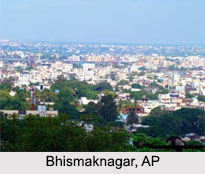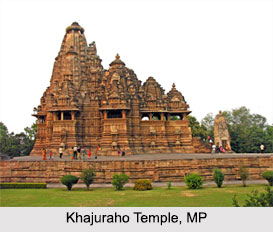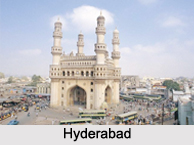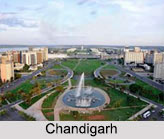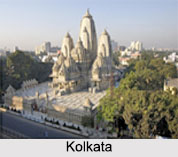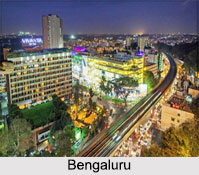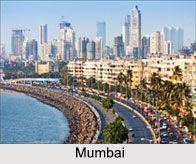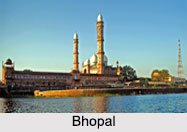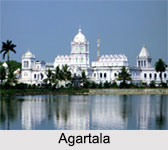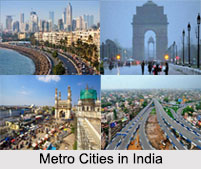Significant with the curious mores and tradition, the visiting places around Udvada speak an entirely different language, just like the history and customs of this hugely minority community. The spots carries a separate breathe of their own, which were also admired by legendary mighty rulers and kings from significant dynasties. They have however, regrettably been reduced down to banality, with the dazzle and sparkle of the community almost gone forever.
Navsari (80 km)
Udvada may be the focal point of Parsi pilgrimage, but Navsari demands an earlier claim. It was the home of the Iranshah for 250 years. This Gujarat town, north of Udvada on NH8 past Pardi and Chikhli, or five stops after Udvada on the Flying Ranee from Mumbai Central Station, is still home to the Vadi Darb-e-Mehr, thought to have been consecrated in 1151 A.D. It is the oldest existing fire temple outside Iran, as well as the oldest (and for some most revered), initiation centre for martab, the prerequisite needed by priests to perform the higher liturgy. Navsari comes a very close second to Udvada in devout status. So, one should offer a machi prayer here, as well. (In the machi, sticks of sandalwood are piled together like a throne before being offered to the fire in the shrine. A priest can only execute this.).
The Fire Temple
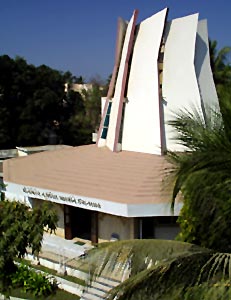 Navsari`s present-day Atash Behram was sanctified in 1756, 16 years after the Iranshah left, and the original building was practically replaced in 1925. In fact, in one form or the other, this town has had an Atash Behram for the longest period of time - more than 500 years. A well in the boundaries stands in the sanctified place where the Iranshah had been `enthroned`.
Navsari`s present-day Atash Behram was sanctified in 1756, 16 years after the Iranshah left, and the original building was practically replaced in 1925. In fact, in one form or the other, this town has had an Atash Behram for the longest period of time - more than 500 years. A well in the boundaries stands in the sanctified place where the Iranshah had been `enthroned`.
Enormous powers are attributed to this fire temple. The visitor is told the legend of the learned and many-powered first Dastur Meherjirana, who was elected chief priest in 1579. The imprint of his face suddenly surfaced one day some years ago, in the grain of a marble slab opposite the sanctum sanctorum. The high priest had been summoned by Akbar in 1578 to Delhi to explain the tenets of Zoroastrianism for the emperor`s eclectic faith, Din-i-Ilahi. Akbar was so struck that he reportedly ordered fire to be kept burning in his court day and night, as was done by the Iranian kings, and from 1581 he openly reverenced the sun and fire with ritual prostrations.
After Dastur Meherjirana, the high priesthood of the Navsari Atash Behram became hereditary. His sons (many of them adopted in the absence of natural male heirs) continue to have exclusive rights to conduct the higher sacrament.
Religious schools
Apart from the 12th century Vadi Darb-e-Mehr, which imparts the higher martab degree, Navsari also had set up religious schools along the lines of the gum-shishya system. The pupil brought a thali of sugar and one rupee as dakshina, and the dastur imparted upon him the knowledge of the scriptures over a period of years. The Zend Madressa at Motafalia now performs this hallowed duty.
Parsi vads
In the present day, the Parsi heritage is as ramshackled as the otla - a porch on which sits the Alzheimer-ed remnants of a once-bustling community. The Parsi vads {colonies), which bore the name of the sprawling family that lived there - Kutar Vad, Desai Vad, and Karkaria Vad - have fallen to pieces. Modernity have heavily struck on their every aspect of daily life, and almost every olden custom have been dumped back to follow the alluring charm of malls, multiplexes. Several of the moneymaking Gujarati community have even gone away to try their fortune in different regions in other parts of the world. As a result, Parsi community is disastrously bitting the dust of reality. Their heyday has dimished gradually.
First Dastur Meherjirana Library
Among the rare manuscripts and books housed at the First Dastur Meherjirana library is the document given by Emperor Akbar to the first Dastur Meherjirana, besides ancient scripts in Avesta, Pazend, Pahlavi, Persian, Arabia and Gujarati languages. At present, the London-based Zoroastrian Trust Funds for Europe is involved in preserving and restoring its collection.
But there is still hope. Not in the old quarter, but in the colonies that have come up with Hong Kong Parsi magnanimity on the other side of town. The World Zoroastrian Organisation also runs an old age facility here for the middle-class elderly, whose families form the growing Zoroastrian Diaspora in North America, Australia and New Zealand.
